How To Get Rid of Crow’s Feet? Here Are Their Causes, Treatments, And More!
One of the most noticeable signs of aging, crow’s feet show up and boom, you feel doomed for life. But they don’t always occur due to aging.
On Apr 8, 2023 – 16 minutes read
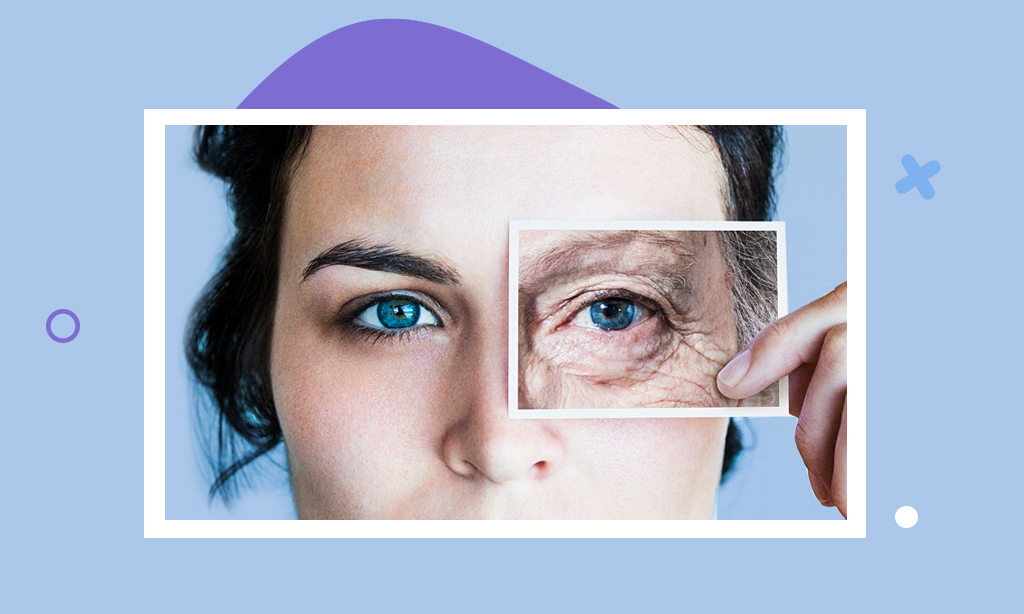
There’s a lot we love about aging – freedom of choice, financial security, “adulting” in mature relationships, or even following self-care advances. But crow’s feet around the eyes (or deeper wrinkles and fine lines) is definitely not one of them.
But crow’s feet (or deeper wrinkles and fine lines) may not be among the things we feel good about aging.
These are in fact completely normal and natural. But should they bother you, I have broken down everything you need to know about crow’s feet!
Crow’s Feet: Causes, Treatments, And Prevention
It is no shocker that our eyes are more susceptible to showing the signs of aging. After all, 40% of the skin there is thinner than the rest of the body. Smiling, squinting, frowning, or any facial expression that uses muscles around the eyes can bring crow’s feet to light, or form if you are younger.
The tiny muscle contractions you make pushes crow’s feet to develop over time. Does that mean you are going to stop using facial muscles now? Stopping habitual facial expressions sounds completely insane.

Your eyes play a vital role in communication. Plus, the skin around the eyes is the telltale sign of your living habits —from sleeping(1) late to stressful days. However, the lack of fatty tissues makes it also the thinnest and most delicate area on the body. Thus, those pesky little lines spreading out from the corners of the eyes become more apparent. A completely gradual change the skin undergoes, I might add.
Crow’s feet are a common concern despite them being signs of a well-lived life. They mean that you are doing something right! But they are not just caused by laughing and having a good time. There are several factors besides aging that cause crow’s feet, especially in younger adults. Those deep fine lines, creases, and divots may not merely be laugh lines.
Regardless, you have all kinds of remedies and prevention methods for crow’s feet. In some cases, you can completely reverse the lines (at least temporarily). Additionally, you have steps to do at home to reduce or conceal the appearance of crow’s feet. But before we get into that, let’s see what are the causes of crow’s feet.
The Science Behind Wrinkles And Crow’s Feet
There are two types of wrinkles —dynamic and static. Dynamic wrinkles are those that form or appear when the muscles contract. On the other hand, static wrinkles may worsen during muscle contraction. The difference between the two is that while dynamic wrinkles primarily appear when you are smiling, static wrinkles are visible all the time. Even when the face is at rest. If your crow’s feet appear only while smiling, they are probably dynamic and one less thing to worry about.

But the important question is how do temporary muscle contractions result in permanent crow’s feet lines?
Well, here’s the science behind crow’s feet formation:
The skin is composed of three layers, namely the outermost epidermis, the inner dermis, and the subcutis (2) beneath the skin. The crow’s feet and wrinkles are seen on the epidermis. But the dermis is the main layer of the skin that causes these lines. It is also where you find the two essential proteins responsible for crow’s feet prevention —elastin and collagen. The subcutis consists of sweat glands, connective tissues, and fat. When the fat layer reduces, it causes wrinkles like crow’s feet.
These three levels of the skin host different components, such as water, minerals, protein, lipids, chemicals, and enzymes, that are constantly flowing. But as you age, biological changes (with these components) and generic alterations take place within your skin cells. The generic alterations include protein breakdown, sebum reduction, reduced fat, and fewer GAGs. These in turn cause wrinkles and crow’s feet.
What Causes Crow’s Feet?
Having youthful skin until you die is impossible. You live, you laugh, you grow. Somewhere along the lines, your skin starts to form lines as well. The lines at the corners of your eyes resembling the legs of crows (hence the name!) are crow’s feet. Several factors cause these lines and they include:

Protein Breakdown
To break down the generic alterations, let’s start with protein breakdown. As you age, your body cannot produce and break down proteins like it normally did in your younger years. This results in the shrinking of said proteins. One such protein is collagen(3) which accounts for 75% of the skin and it supplies the scaffolding to hold the skin up as well as plumpness to the skin. An enzyme known as collagenase assists by breaking down damaged or old collagen to produce new proteins.
At your young age, collagen breaks down at the same rate as it is produced. But as you age, not only does its production ratio decrease but also its degradation increases. Similarly, elastin production also changes with time and elements. It diminishes and doesn’t retract as much anymore. Thus, the skin won’t be able to bounce back to its original state. This results in crow’s feet drooping along the upper eye area.
Reduction of Fat
Another cause is the reduction of fat within the subcutis. When you start to lose fat on the face, it reduces the facial volume, resulting in less surface ratio for the skin to cover. This causes the tissue to drape over itself in folds and wrinkles. As you know, weakened skin sags downwards.
Sebum Reduction
Sebum is the secreted oil that forms a protective barrier around the skin by guarding it against free radicals as well as retaining moisture. Moisture is always the key element in crow’s feet or wrinkle prevention as dry skin is more susceptible to structural changes. But you get older, the sebaceous glands produce less sebum and this loss of natural oils can cause crow’s feet.
Fewer GAGs
Glycosaminoglycans (GAGs) are long chains of sugar molecules in the fluid matrix located between the dermis and epidermis. They give the skin suppleness and plumpness by filling the space between collagen and elastin fibers. It is also a water-binding molecule produced to maintain fluid balance and structural integrity in tissues. When you get older, GAGs decrease, contributing to the causes of crow’s feet eyes.
Muscle Contractions
The orbicularis oculi muscle surrounds the eye. It is responsible for controlling the closing and opening of the eye. The repeated movement of the eyes while blinking along with other movements —smiling, laughing, frowning, and squinting— when the muscle is used tightens the area around the eye. It pulls the skin forward, creates deeper wrinkles, and causes crow’s feet to form.

In addition to these, other factors such as unhealthy habits, sun damage, free radicals, hormone changes, weight fluctuations, smoking, and even sleeping habits and positions contribute to the causes. The combination of all these factors mentioned above causes crow’s feet, even in adults in their mid-20s. Unlike dynamic wrinkles, crow’s feet appear deeper and more pronounced on the skin.
How To Get Rid of Crow’s Feet?
If you want to remove crow’s feet around the eyes that have already developed, you are partially in luck. From cosmetic and topical treatments —for instance, vitamin E for crow’s feet— to medical treatments and home remedies for crow’s feet around the eyes, your options are many.

All crow’s feet treatments depend on the severity and depth of crow’s feet along with your desired outcome. But in some cases, you may need to try a combination of treatments to get the desired outcomes.
Keep reading to learn how to fix crow’s feet!
Botulinum Toxin (Botox)
Everyone knows Botox is the best and effective non-invasive medical treatment for wrinkles for a subtle lift. But also often regarded as a last resort for getting rid of crow’s feet. It is a muscle relaxant medical treatment that easily fixes crow’s feet, or wrinkles anywhere on the body for that matter.
Injected into the orbicularis oculi muscle with a small needle, botox helps crow’s feet, wrinkles, and fine lines by temporarily stopping the skin from wrinkling. It works by relaxing the muscles —preventing the muscles from contracting— and blocking the release of acetylcholine —a chemical necessary for muscle contraction. When it is injected into the outer corners of the eyes, the contractions stop which results in the disappearance of creases and laugh lines.
Particularly effective in people with dynamic wrinkles, Botox is best suited for individuals aged 30-50. But if you are pregnant or have any facial paralysis(4), you should not use it. Many people think that botox prevents facial expressions. But injecting Botox for crow’s feet only targets the muscles around the eyes.

And, it works well in this area. The natural result Botox delivers lasts up to four months. Then again, like any other treatment, Botox comes with its side effects. Though mild, it includes swelling, bruising, and asymmetry.
You have the option of topical botulinum toxin as well, with the same results as the injectable form —but with no pain! You may think of Botox after you develop crow’s feet. But as it turns out, you can opt for Botox as a preventive measure as well. However, it is not a solution for everyone.
Your dermatologist will confirm it after a checkup. You choose an experienced and well-trained board-certified dermatologist to do Botox or any treatment for that matter. Because any wrong move from your doctor, say excessive use of such products or wrong placement, can cause severe side effects and look unnatural.
Dermal Fillers For Crow’s Feet
Also known as soft-tissue fillers, dermal fillers help get rid of crow’s feet. With a small needle, fillers are injected directly into the crow’s feet. Different fillers —Juvederm, Radiesse, Belotero, Restylane, Sculptra— have slightly different components. But all of them are particularly effective for static crow’s feet, which constantly appear on the even at rest.

You need to talk to your dermatologist about which one is the best and the right filler for your skin type and severity. The effect can last anywhere from three to twelve months, in some cases, they last longer. They can be used in the under-eye areas to lessen the dark circles or fill in hollows as well.
Traditionally, Botox is used alone to treat crow’s feet. But it doesn’t address the issue of lack of collagen. To solve this, some dermatologists use a two-pronged approach. Meaning, use a low dose of Botox —the area still has movement— together with dermal fillers to inject a bit of collagen.
Micro-Needling
A derma-roller procedure that counteracts all skin woes, including crow’s feet. It lies somewhere between topical treatments and injectables. The purpose of micro-needling is to generate new collagen and skin tissue for firmer and toned skin. It uses small needles to prick the skin and create controlled skin injury (or roll a derma-roller to create puncture wounds).

When there is a small amount of bleeding, platelets leave the blood vessels and get exposed to the tissues surrounding them. This causes the platelets to excrete growth factors and hormones, resulting in the stimulation of the production of fibroblasts and other cells that produce collagen. When that happens, your skin rejuvenates, rebuilds, and effectively minimizes the appearance of crow’s feet. This is another way to fix crow’s feet.
Facial Acupuncture For Crow’s Feet
Considered as an alternative to micro-needling, facial beauty acupuncture answers your question of how to get rid of crow’s feet without Botox. Normally, it is used to treat pain-related symptoms but it wouldn’t hurt to give this one a try.

It works by leaving tiny needles on the specific targeting areas (in this case: the outer corner of the eyes) to encourage more collagen and elastin production. It also improves microcirculation that helps with discoloration and puffiness. Though it uses needles, it is not painful but is believed to build firmer and resilient skin around the eyes.
Skin Tightening Treatments
There are energy devices and skin tightening machines —as opposed to injectables— available to remove crow’s feet. For instance, the use of radiofrequency treatment works with temperature-controlled devices. The devices are designed specifically for the smaller areas on the face.

They work by emitting radiofrequency waves or thermal energy deep into the skin, resulting in increased circulation around the eyes. It tightens the skin and takes only about 10 to 15 minutes. Bonus point: it is painless!
Laser Resurfacing
If you can go through pain for some serious skin tightening, dermatologists suggest this treatment. Using a laser wand, the resurfacing procedure removes the upper layers of skin for the body to react by building more collagen, resulting in younger-looking skin. It results in rejuvenation of the skin around the eyes. Laser treatments work well to fix crow’s feet because it heats several layers of skin to promote collagen production. But some doctors suggest combining it with other techniques such as Botox to increase the effectiveness.

The level of potential pain or discomfort depends on your tolerance as well as the depth of the treatment. You may be given painkillers before the procedure. But the worst part is that your face may be wrapped in dressing for several days. Even worse, complete healing can take several weeks. But the results (look 10-20 years younger) last up to 10 years.
Chemical Peels
How to get rid of crow’s feet using cosmetic treatments? By using chemical peels. This means taking out the big guns. Because they work on the principle of skin healing by putting a chemical solution on the face which removes the outer layer of old skin. There are three types of chemical peels; superficial peels, medium-depth peels, and deep peels. While a certified esthetician can do superficial peels, it is necessary to do deeper peels from your doctor’s office.

The result, as well as the recovery time, depends on the type of peel you choose. Deeper peels are painful (may require anesthesia) but superficial peels are relatively less painful. However, to get the desired result, superficial peels should be repeated every 2 to 4 weeks and medium-depth peels every 6 to 12 months.
Home Remedies For Crow’s Feet Around Eyes
Before jumping into expensive medical and cosmetic procedures, you can try home remedies to get rid of crow’s feet. For instance, using potato peels, coconut oil, face masks with egg whites, certain foods that improve the skin’s texture can help fix crow’s feet. But their effectiveness is up for debate.
You can try slathering natural acid peels derived from fruit to remove the outer layer of dead skin cells on the epidermis. Natural alpha-hydroxy acids (AHAs) —citric acid, tartaric acid, glycolic acid— are great choices. But as a chemical exfoliant, AHAs can make your skin more susceptible to UV exposure. So, wearing an SPF is a must!
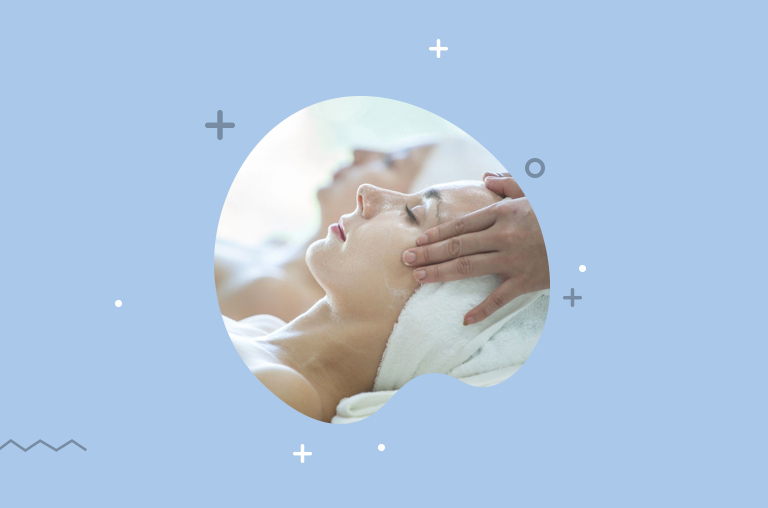
Besides acid peels and home remedies, you can buy affordable products. Eye creams with vitamins and minerals —vitamin A (retinol), vitamin C, and vitamin E— and peptides. Or plump-up products with ingredients like glycerin, hyaluronic acid, sorbitol, and propylene or butylene glycol. When none of these seems to work in fixing crow’s feet, you can choose any of the cosmetic treatments mentioned above.
How To Prevent Crow’s Feet From Appearing?
Many aging processes or signs are inevitable. But some of your lifestyle choices and environmental factors exacerbate the aging processes or signs. While many causes of crow’s feet are related to aging and not in your control, there are some preventive methods or choices to prevent crow’s feet. Because preventive care is the key in treating any concern.
On average, a person blinks 10,000 times a day. So, it does seem impossible to prevent crow’s feet altogether. Crow’s feet cannot be prevented altogether. By learning how to prevent crow’s feet early on, you can reduce the depth and severity of crow’s feet. Your eyes, or more like the skin around the eyes, will thank these preventive tips mentioned below later.
Use an eye cream
It is important to use separate moisturizing creams targeting the eyes that address specific concerns. It could be anything from loss of collagen to under-eye creams for dark circles to reduce fine lines and wrinkles. But your focus must be thickening and strengthening the skin around the eyes.

Generally speaking, those products have a lower concentration of active ingredients to reduce the chance of irritation. Not to mention, they are thicker in texture. Eye creams infused with collagen, antioxidants, and proven ingredients such as retinol, vitamin C, hyaluronic acid, and niacinamide, can help plump skin and fill in those fine lines.
Wear SPF And Sunglasses
If you don’t wear sunscreen every day, it’s high time you start wearing SPF 30+ daily. To prevent UV damage that can cause crow’s feet as well as premature aging, it is necessary to wear SPF when you are in the sun. Even for a short period. If you are in the water, wear a waterproof formula.

Because unprotected sun exposure is one of the major causes of premature aging, which brings crow’s feet. So, limit sun exposure and always wear SPF and UV protective sunglasses to keep the eye area protected from the harmful glare of the sun. If you can, consider wearing a hat as well. You have to keep your eyes healthy from repetitive squinting as it causes collagen and elastin fibers to break down and form crow’s feet.
Follow A Healthy Diet
Maintaining a healthy-skin diet with foods rich in antioxidants and that provide ample amounts of (good) fat can keep your skin plump and voluminous. Why? A balanced diet improves the overall health of the body, promotes repair of skin cells, fights free radicals, and may reduce the appearance of wrinkles. For instance, monounsaturated and polyunsaturated fats offer several benefits for the body including the skin. Add foods such as fish rich in omega-3s, avocados, strawberries, blueberries, cantaloupe, nuts and seeds, other fresh fruits, veggies, whole grains, healthy oils, and foods with antioxidants to your diet.

Also, watch your sugar intake. Excess sugar intake can bind collagen —(render it dysfunctional) and generate inflammation —(which releases MMP enzymes that break down proteins). You have to add good food to the diet but also avoid unhealthy foods to fix crow’s feet.
Stay Hydrated
60% of your body consists of water. This proves how important it is to keep your body hydrated. Drink at least 6 tall glasses of water every day to keep those wrinkles at bay. If you are a coffee lover, increase your water consumption.

Quit Smoking And Decrease Alcohol Consumption
Did you know that smoking produces free radicals in the body that lingers for days? It makes wrinkles appear sooner than later and triggers the inflammatory process. Tobacco smoke and nicotine accelerate premature aging and causes crow’s feet to form far sooner than non-smokers. For a second-hand smoker as well. Before you start with your skincare regimen changes or dietary routines, kick the habit of smoking and alcohol consumption.

Intrinsic aging is an inherent part of life. But with preventive measures, you can significantly delay the signs of aging, including crow’s feet. Along with these preventive measures listed above, you can:
- Exercise regularly to keep the blood moving and bring oxygen to the skin.
- Purchase reading glasses to avoid squinting eyes.
- Get adequate sleep of 8 hours since it increases the production of HGH.
- Switch your pillowcases to silk to prevent tugging and pulling of the skin.
- Don’t over-wash your face to prevent stripping the skin of its natural oils, essential moisture, and protective lipids.
- Wash your face with cold water.
- Resist rubbing your tired eyes.
- Destress to avoid frowning.
- Avoid using tanning beds.
Unfortunately, none of us can avoid crow’s feet altogether. But with this information about causes, treatments, prevention tips, you may be able to deal with crow’s feet before they start to form or delay them.
Wanting to keep the area around the eyes smooth is not a crime, is it?
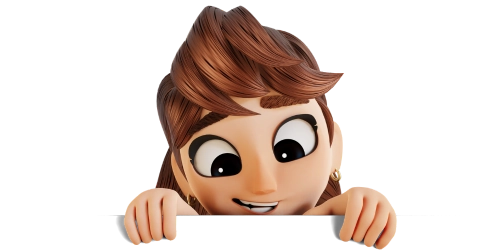
Subscribe to Newsletter
Elevate your routine, stay on trend, and embrace a personalized beauty journey with our curated insights.


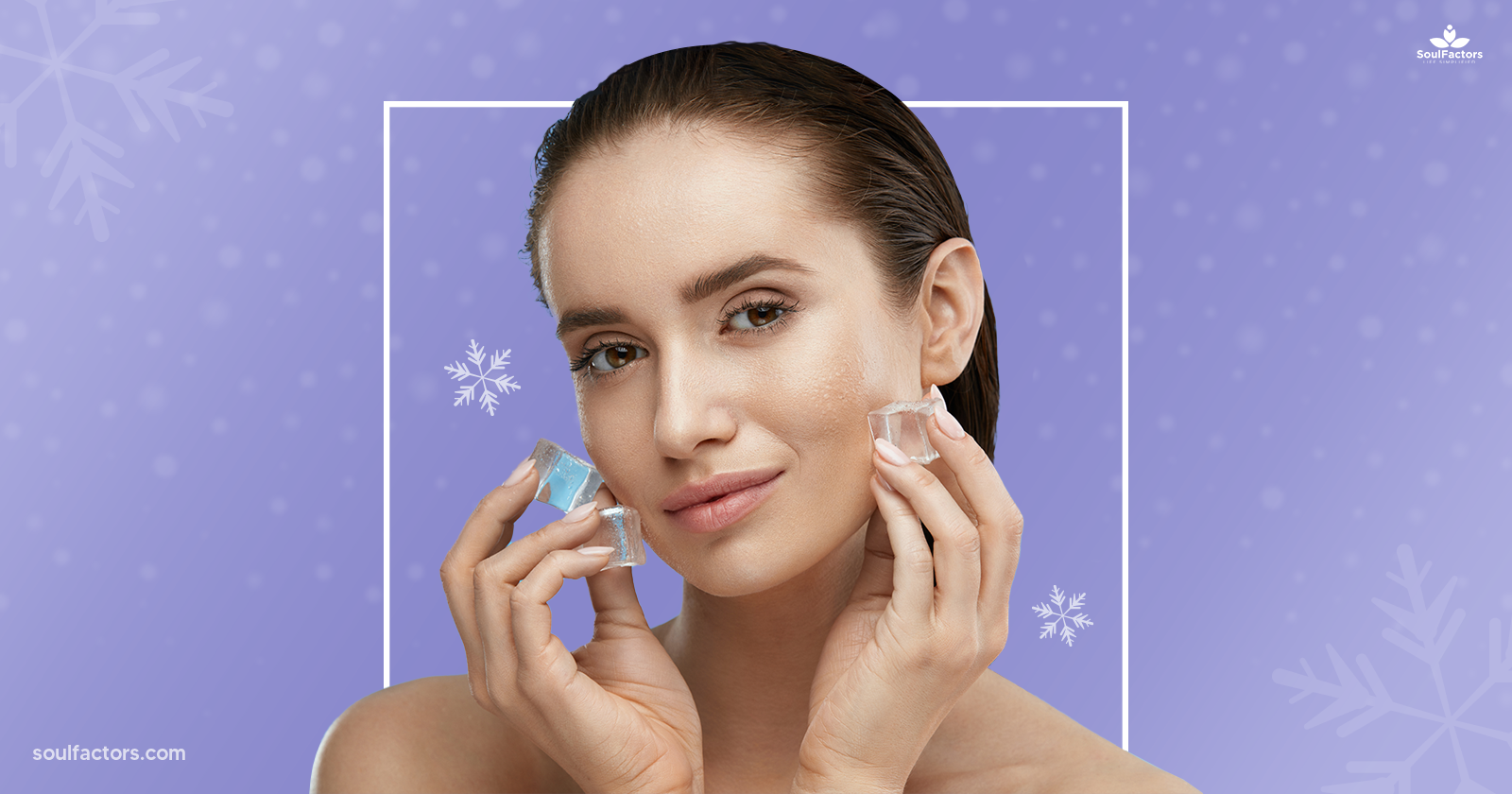
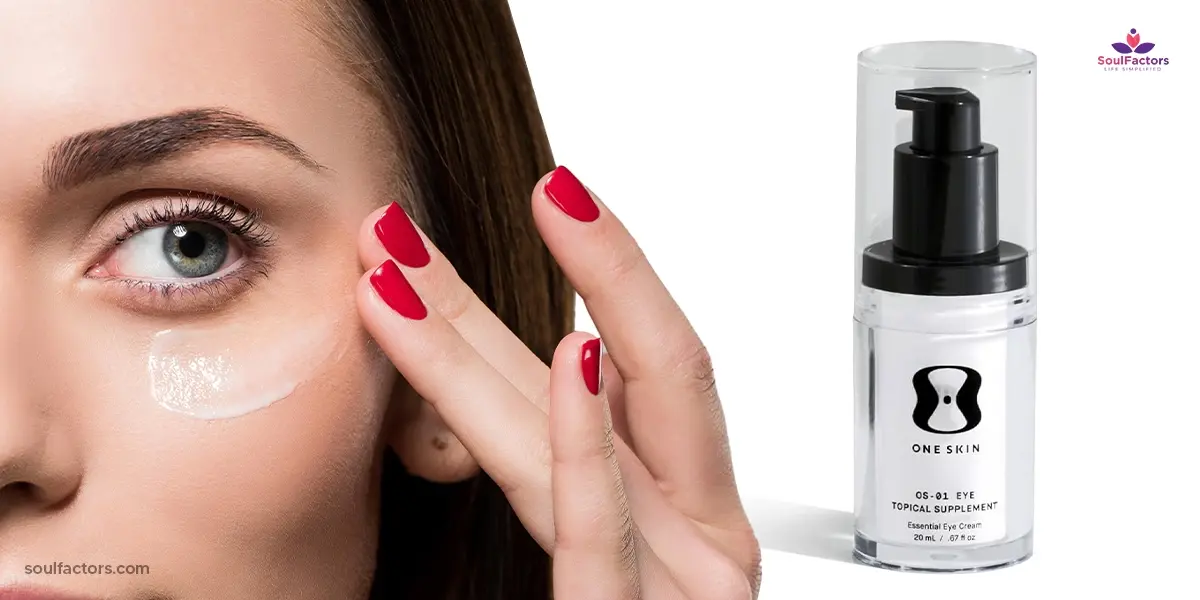
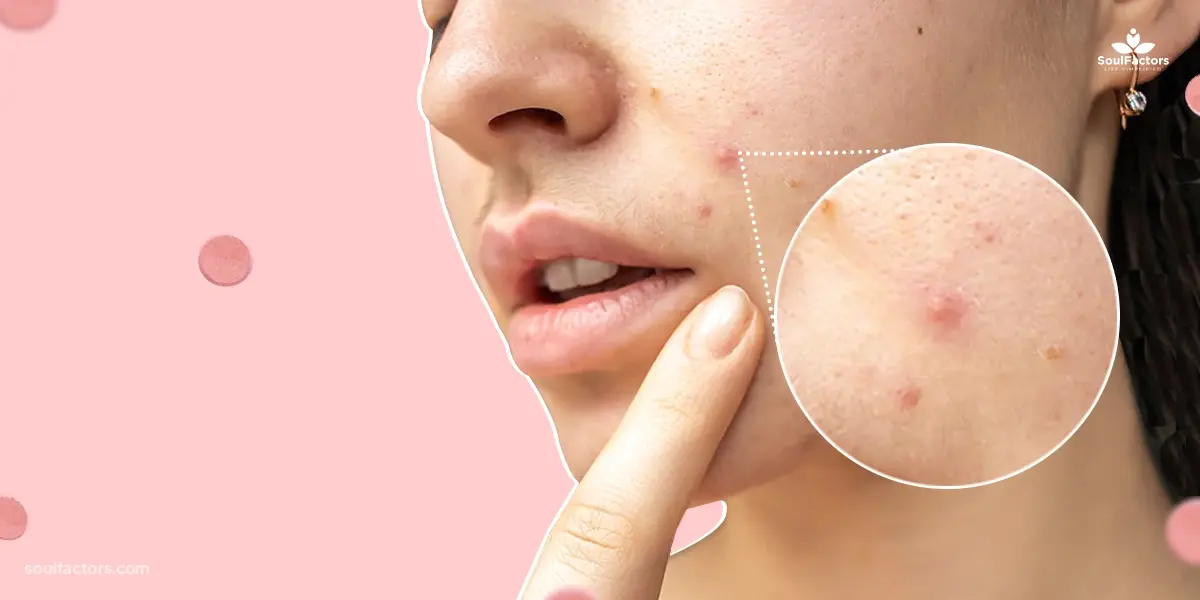
Write a Comment